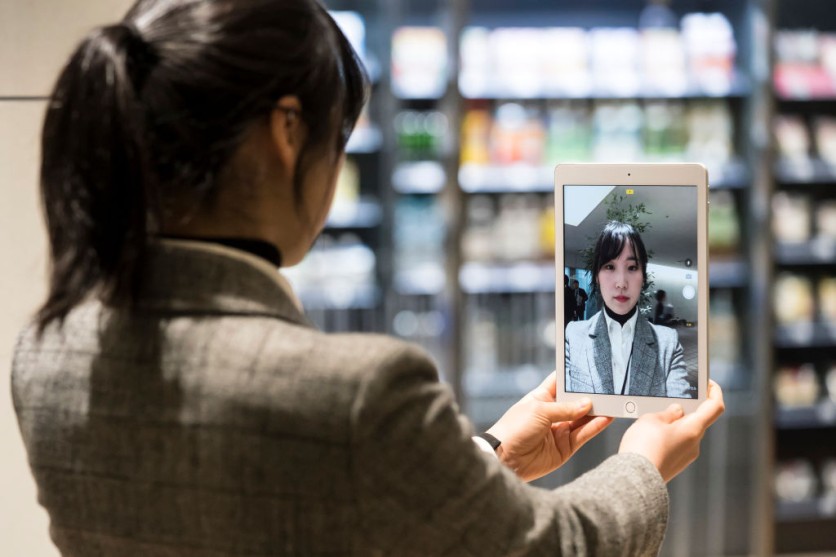The facial recognition for verifying unemployment beneficiaries is preventing qualified applicants from getting their claims. In response, the company behind the software denied the complaints and blamed its users for the errors.

The COVID-19 pandemic has left millions of people around the world jobless. In the United States, the government is providing its unemployed citizens with cash benefits.
In an attempt to efficiently distribute the cash to valid beneficiaries, a total of 22 U.S. states rely on facial recognition to verify who is allowed to get the compensation. However, to their dismay, dozens of applicants are getting denied wrongfully by the software.
According to Motherboard, users either get denied completely, or put on hold indefinitely.
It is not the first time that facial recognition technology notoriously made a mistake. In the past, a man had to stay in jail for ten days after being misidentified. On April 30, a black man in New Jersey got arrested after being mistakenly recognized again.
Facial Recognition for Unemployment Beneficiaries
Verification application, ID.me, is getting the irk of frustrated unemployed folks for months already. As far as March 24, ID.me has already acknowledged that verification is taking longer than expected.
The program for unemployment recipients pairs documents with biometric data. But, in some instances, it still failed to recognize users.
What made things worse is that after the error, the applicants had a hard time reaching out to the customer service team of ID.me. Thus, it had applicants waiting for days or weeks before staff from the company official confirm that they are qualified for the claims.
Gizmodo reported that some applicants got completely locked out after a couple of tries to get through the facial recognition system.
ID.me Unemployment Fraud Statistics
The rage of the complainants took the next level on Twitter after an Axios newsletter talked about the rising unemployment fraud, which cited data from ID.me.
The statistics claimed that around $400 billion of the claims are dishonest.
CEO's Response
ID.me CEO, Blake Hall, boasted to Motherboard that their system shows a nearly accurate 99.9% efficacy. More precisely, he added that there were even no issues with skin tone, which was common in some similar technology.
He goes on to blame user error for the delay of claims and locking up of applications. He suggested that perhaps the users uploaded a selfie that only captures half of their face. It could essentially end up in a facial recognition error.
Hall also added that ID.me is not aware that there were valid applicants that were mistakenly denied by the system. If ever it happened, he claimed that it could be followed up in "less than five minutes."
Read also: Facial Recognition: How China Uses the Technology to Control (or Publicly Shame) Its People
This article is owned by TechTimes.
Written by Teejay Boris
ⓒ 2025 TECHTIMES.com All rights reserved. Do not reproduce without permission.




